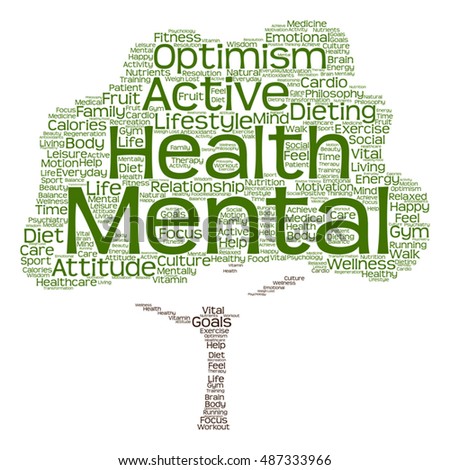
What are the three levels of depression? Should you get treatment for persistent depressive disorder? What is the difference between depression and major depressive disorder?
Some people have clinical depression only once in their life, while others have it several. Depression is a mood disorder that causes a persistent feeling of sadness and loss of interest. Also called major depressive disorder or clinical depression, it affects how you feel, think and behave and can lead to a variety of emotional and physical problems. The unipolar connotes a difference between major depression and bipolar depression , which refers to an oscillating state between depression and mania. Disruptive mood dysregulation disorder.
This mood disorder in children includes chronic and severe irritability and anger with frequent extreme temper outbursts. This disorder typically develops into depressive disorder or anxiety disorder during the teen years or adulthood. Persistent depressive disorder.

Depression (major depressive disorder or clinical depression) is a common but serious mood disorder. It causes severe symptoms that affect how you feel, think, and handle daily activities, such as sleeping, eating, or working. To be diagnosed with depression, the symptoms must be present for at least two weeks. Bipolar disorder was formerly called manic depression. But the agitation is more severe and persistent in those with agitated depression.
We created a list of the different types of depressive. The person has intense thoughts, feelings, and behaviors related to depression-like symptoms that interfere with daily life. A major depressive episode (MDE) is a period characterized by the symptoms of major depressive disorder.
Sufferers primarily have a depressed mood for two weeks or more, and a loss of interest or pleasure in everyday activities, accompanied by other symptoms such as feelings of emptiness, hopelessness, anxiety, worthlessness, guilt and irritability, changes in appetite, problems concentrating. Learn about symptoms, causes, and treatment. There are three types of bipolar disorder.
All three types involve clear. The DSM states that you must have depressed mood and anhedonia in order for MDD to even be considered. Examples of disorders that we evaluate in this category include bipolar disorders (I or II), cyclothymic disorder , major depressive disorder , persistent depressive disorder (dysthymia), and bipolar or depressive disorder due to another medical condition. Intellectual disorder.

Someone with bipolar disorder may also experience periods of extreme highs, called mania or hypomania. For people with bipolar disorder , emotions seem to overwhelm them unexpectedly, and they may feel very little control over how they feel in any given day, or how they react to the circumstances that infuse their everyday life. Manic- depressive illness, also known as bipolar disorder , a serious brain disease that causes extreme shifts in moo energy, and functioning, affects approximately 2. Americans-about one percent of the population.
It’s also known as clinical depression or unipolar depression. Mood disorders have been shown to have a strong genetic and biological basis. In addition to feeling overwhelmingly sad most of. Major Depressive Disorder.
Feeling depressed is awful. Although feelings of low mood can be experienced as a temporary bout of the blues that resolves in days or weeks, major depressive disorder is a serious mood disorder that can have a devastating impact on one’s life. A depressive disorder is not the same as a passing blue mood—by definition, the symptoms must be present for at least two weeks. Also sometimes called persistent depressive disorder or chronic depression.
Manic depression is the name doctors used to use for bipolar disorder. It is not the same illness as depression, but people with bipolar disorder experience depression as well as extreme highs.
No comments:
Post a Comment
Note: Only a member of this blog may post a comment.